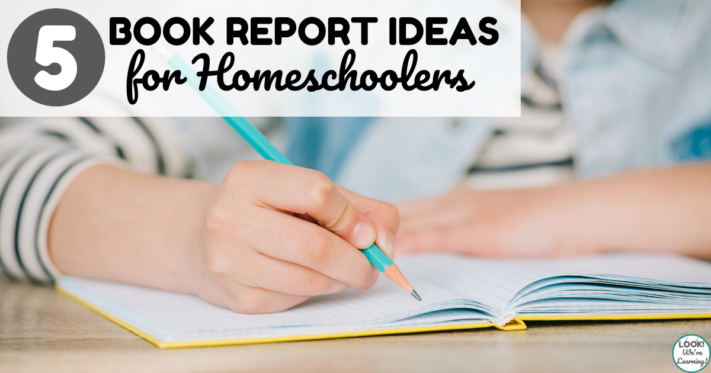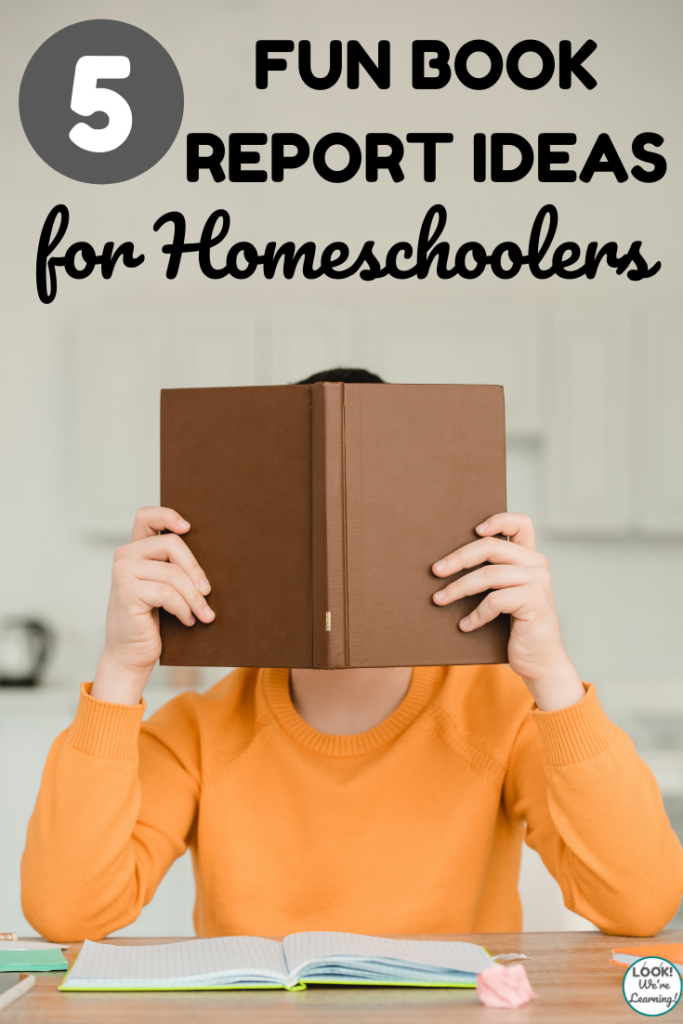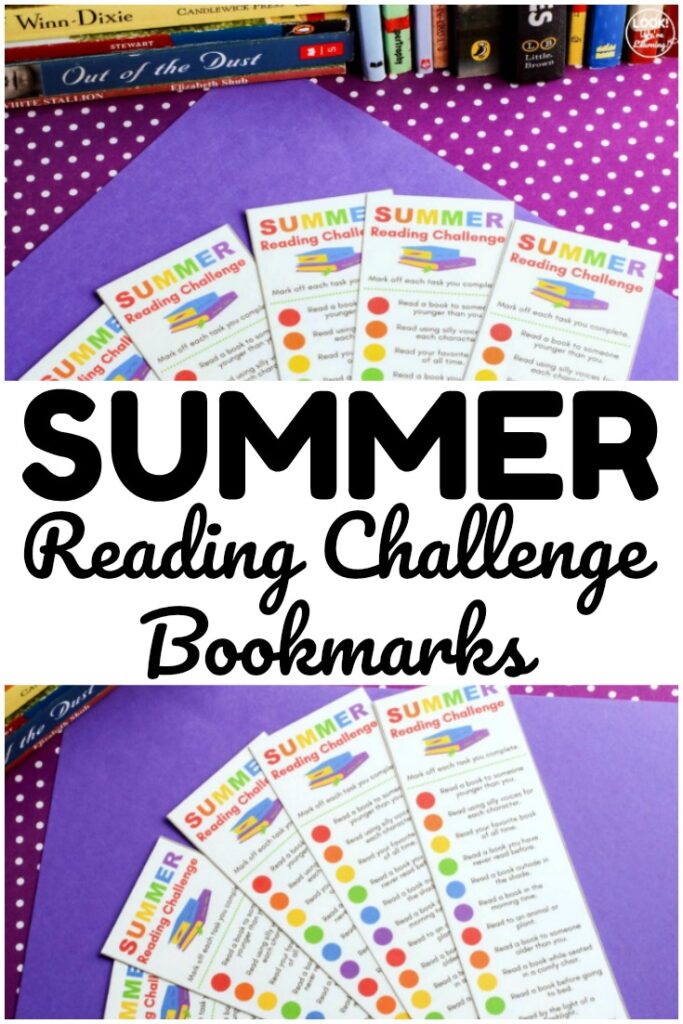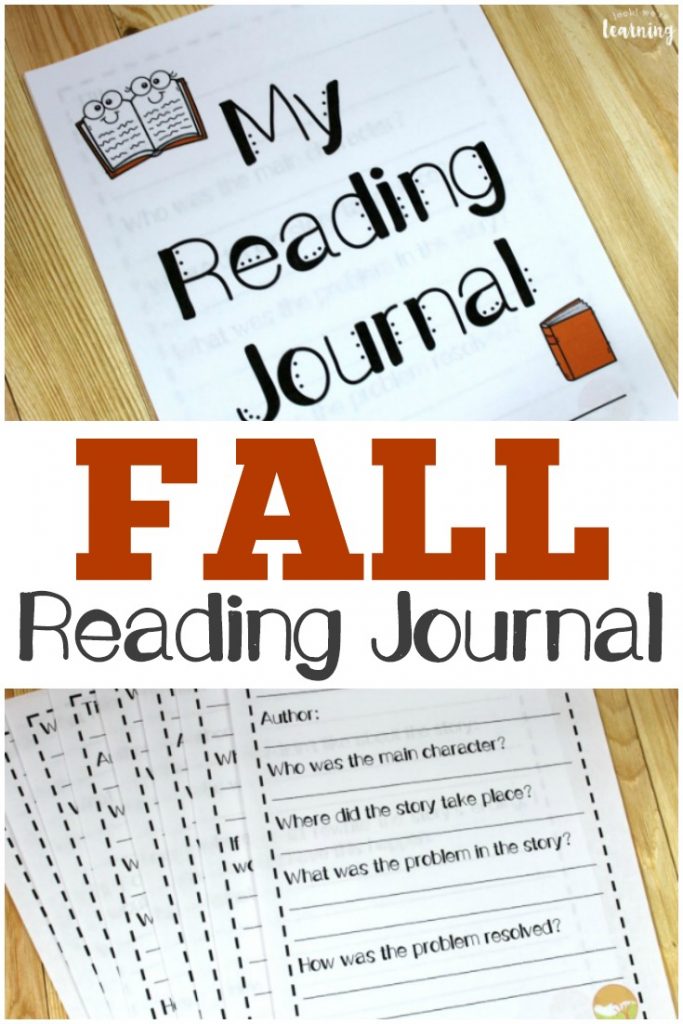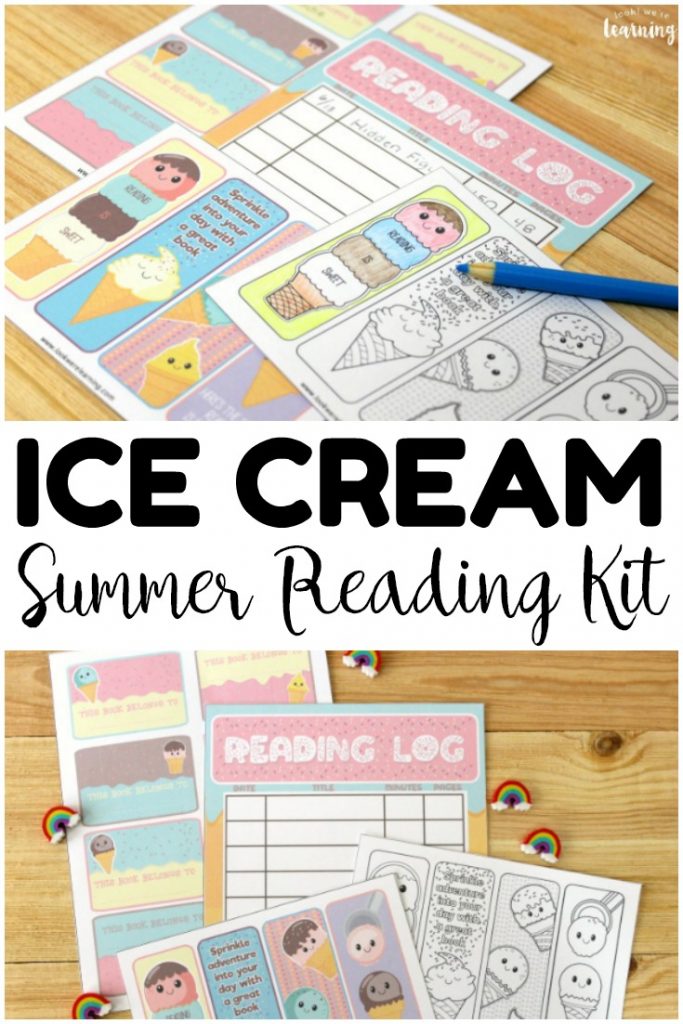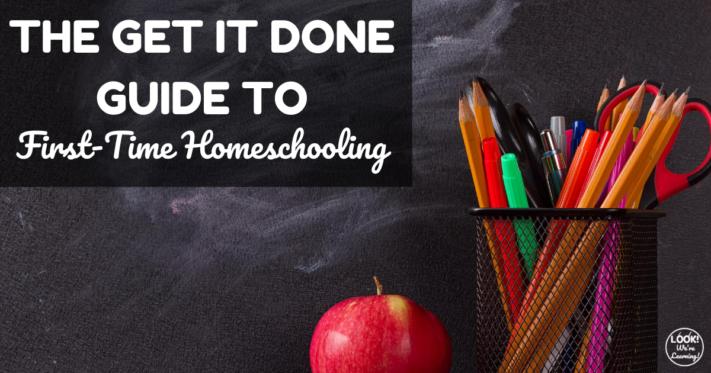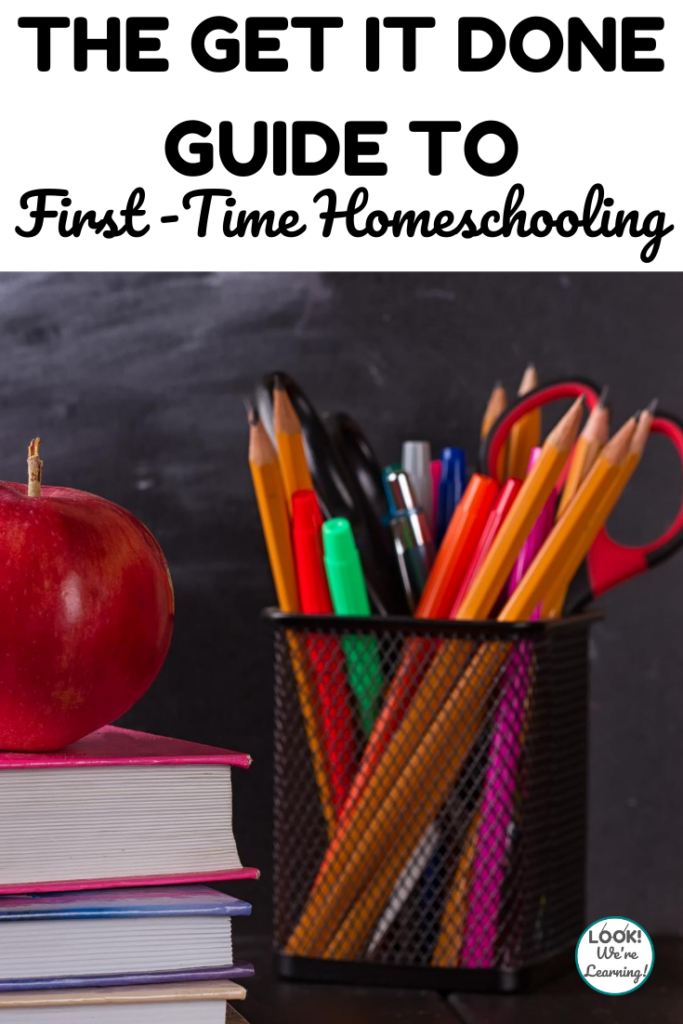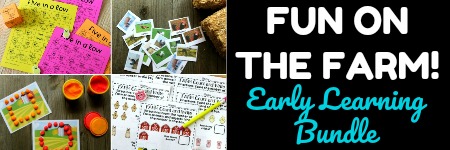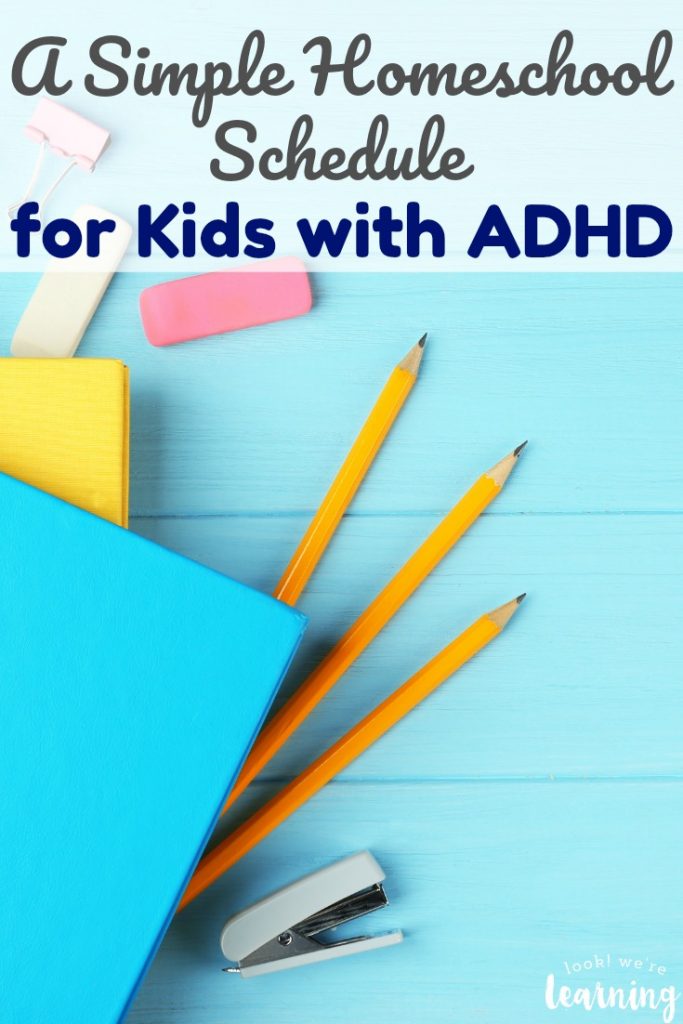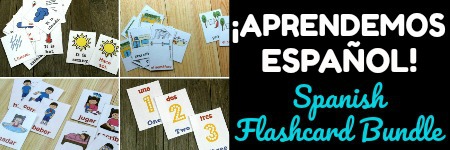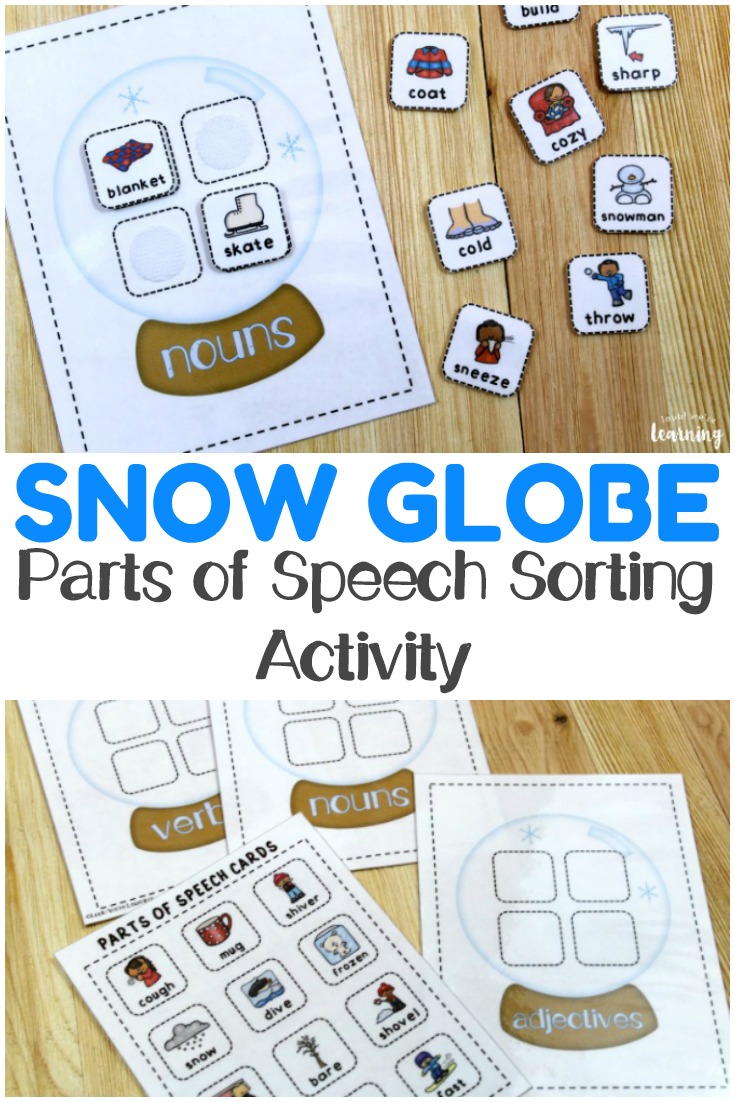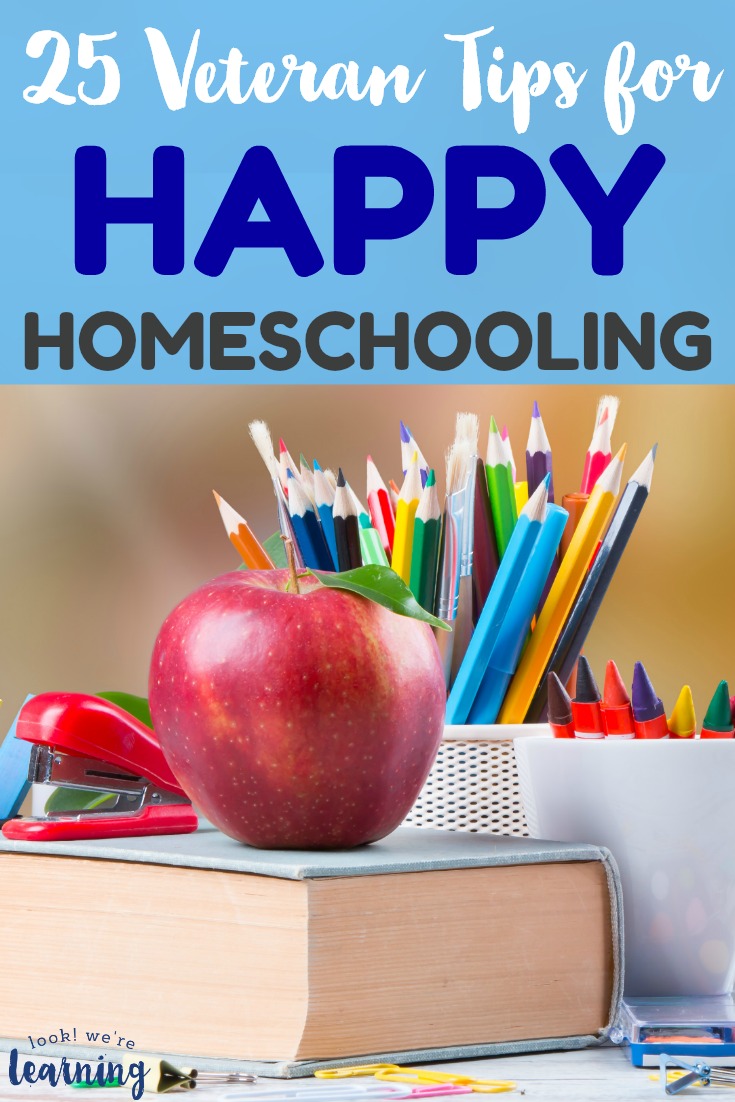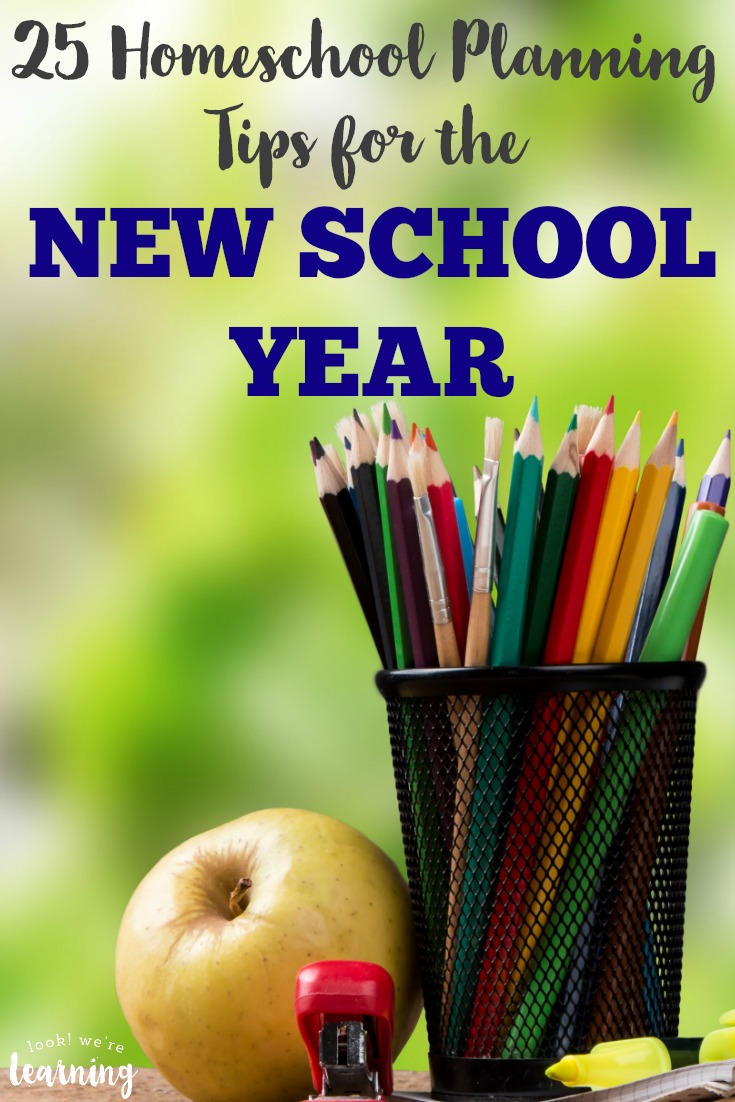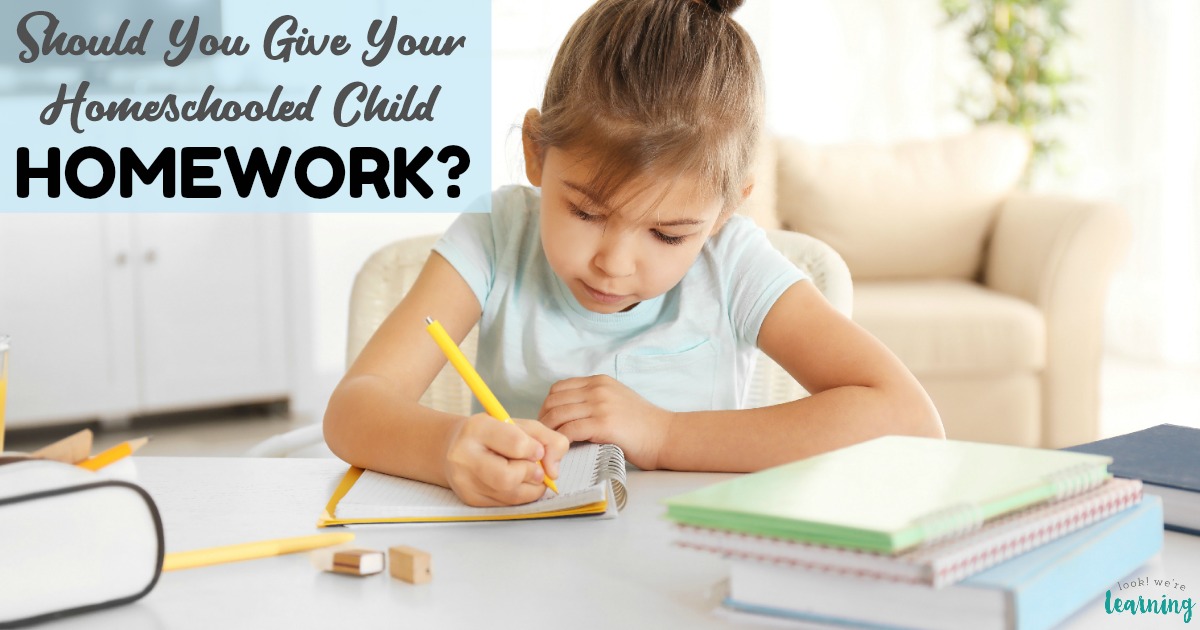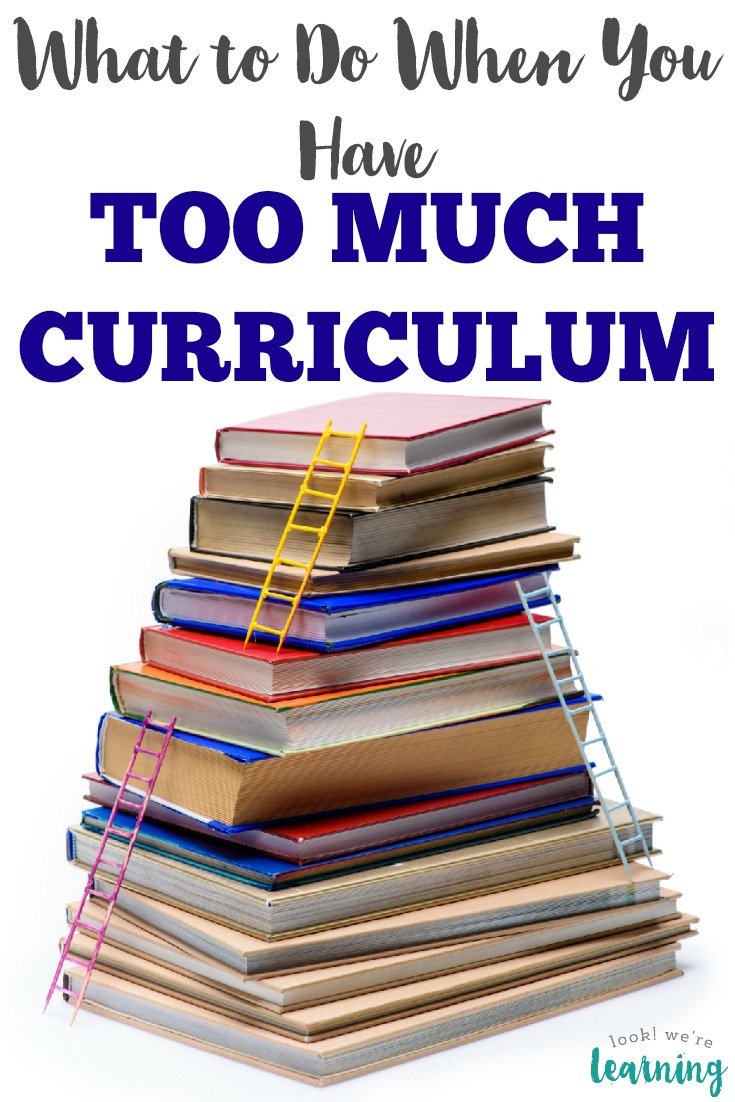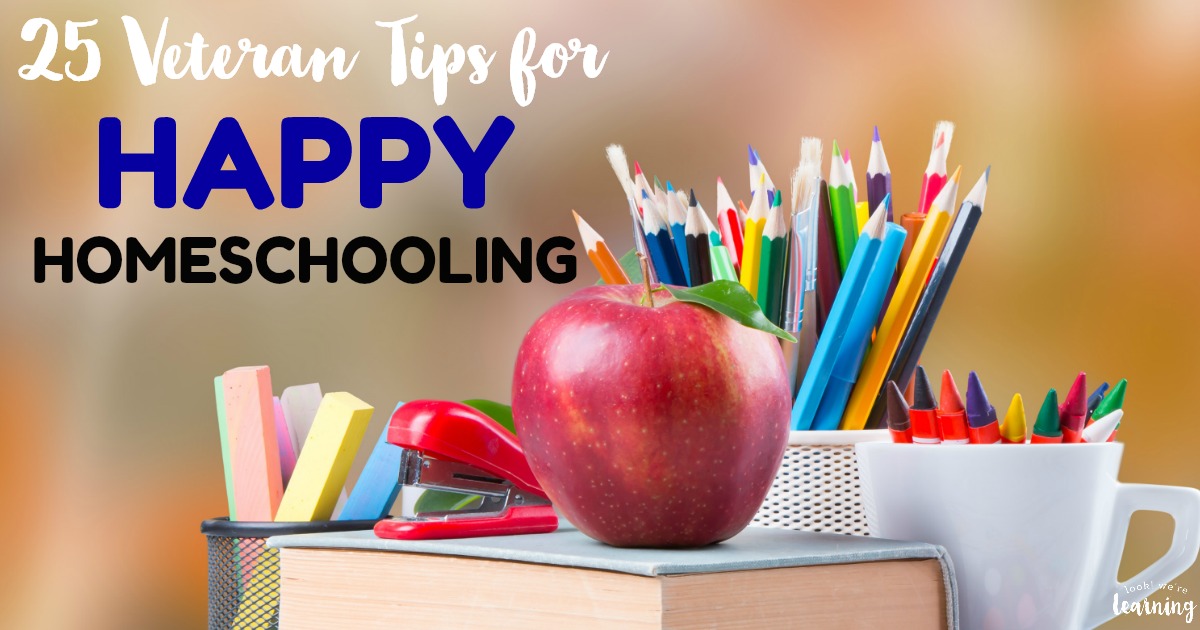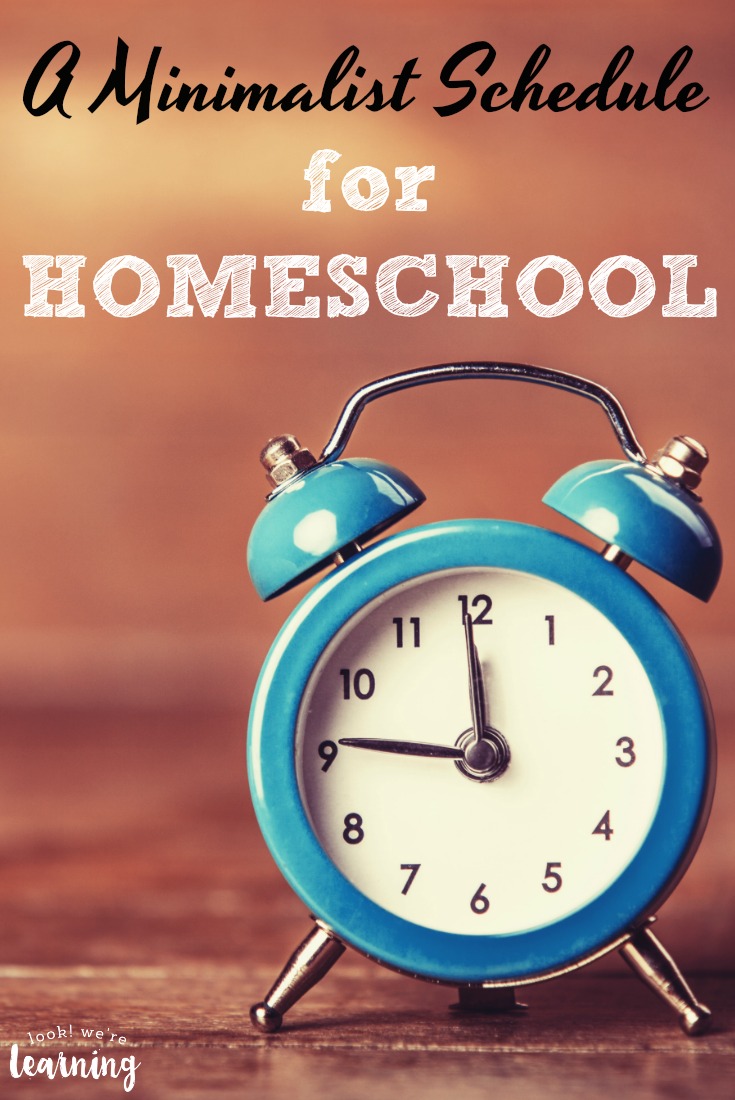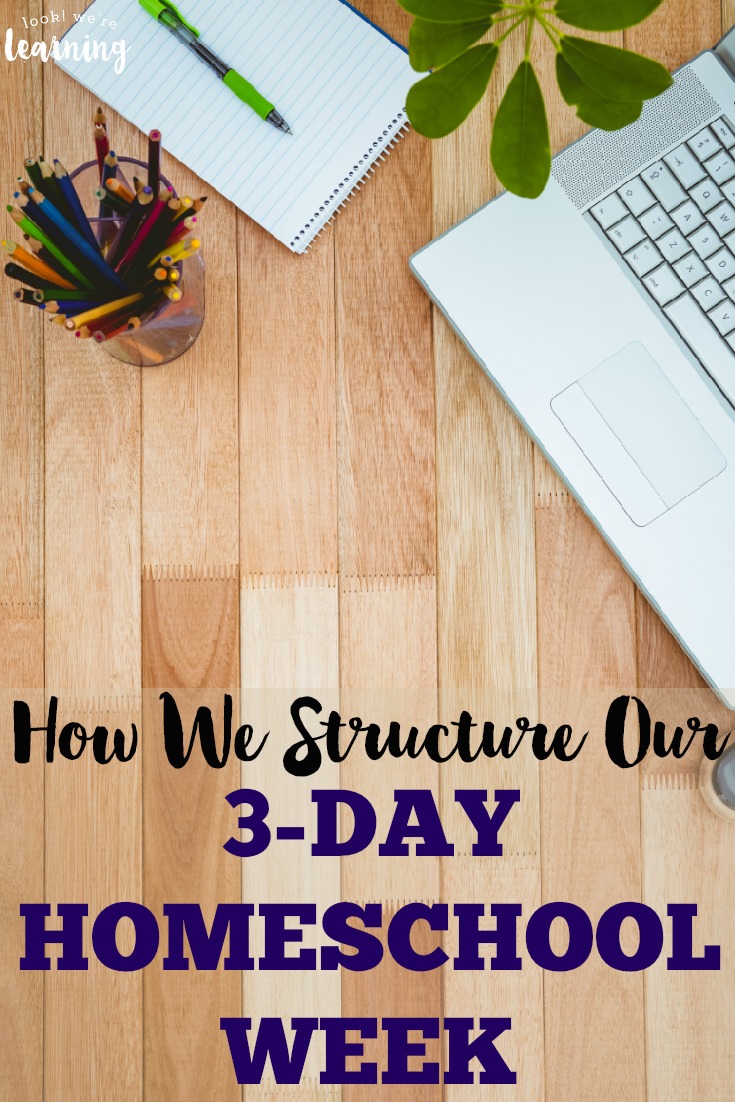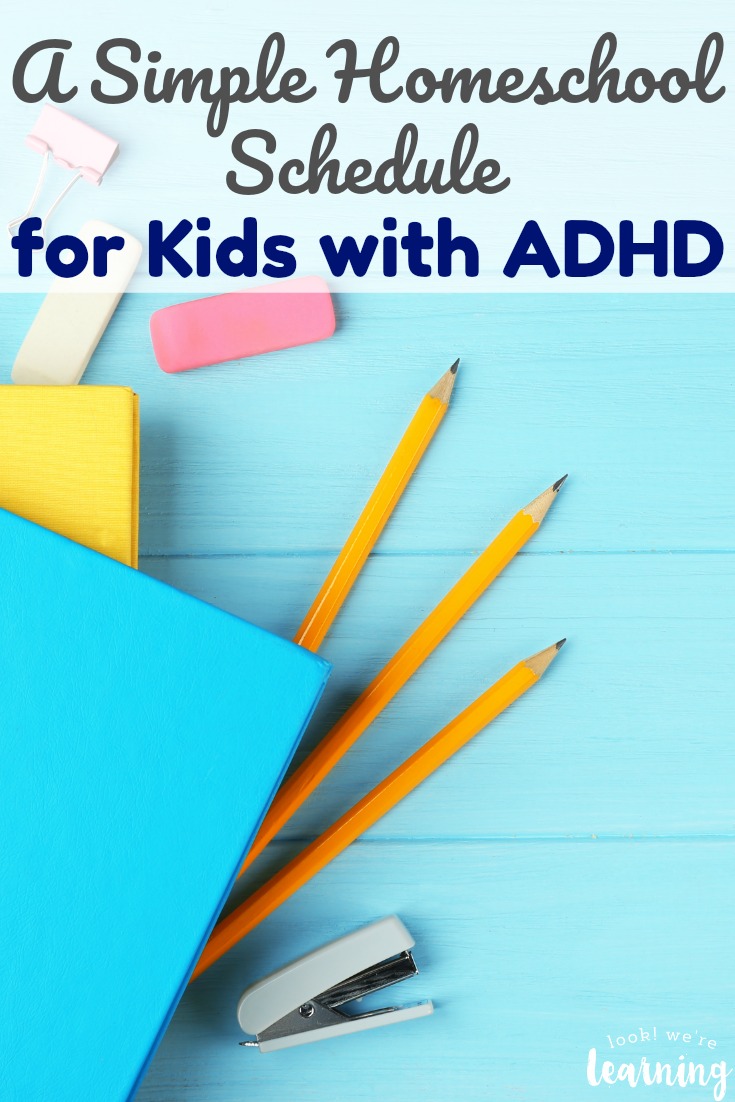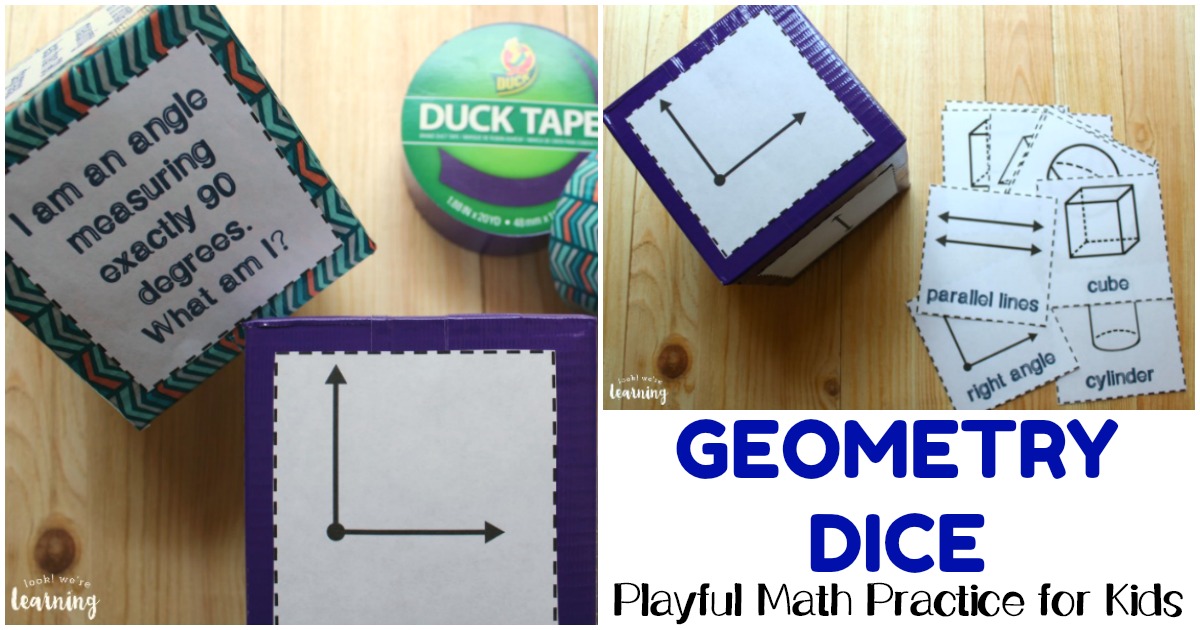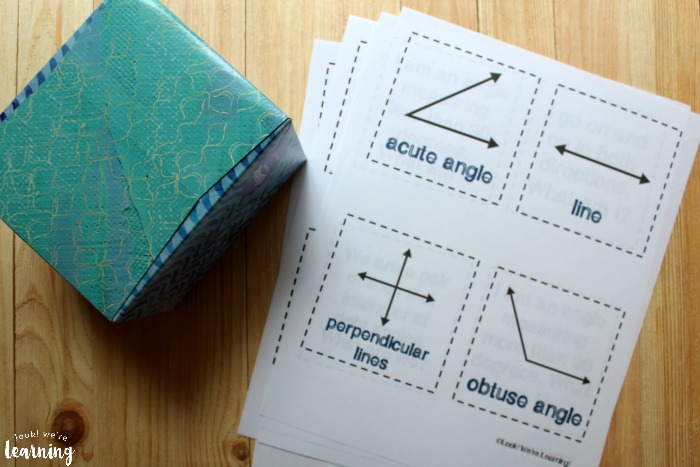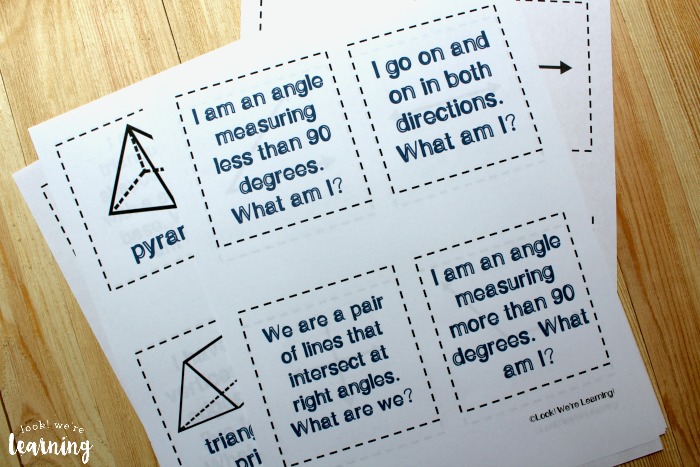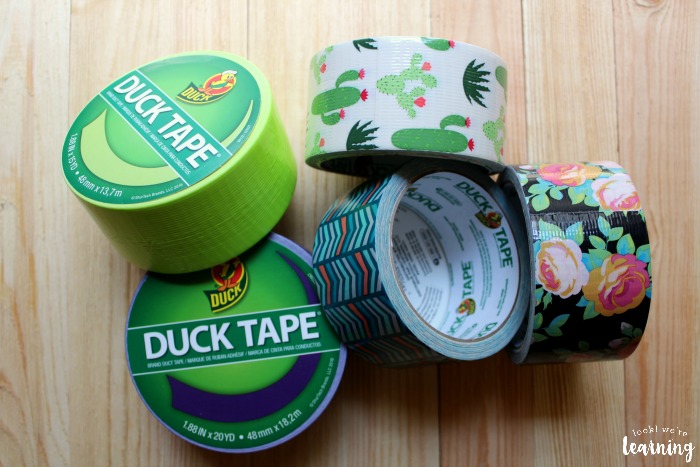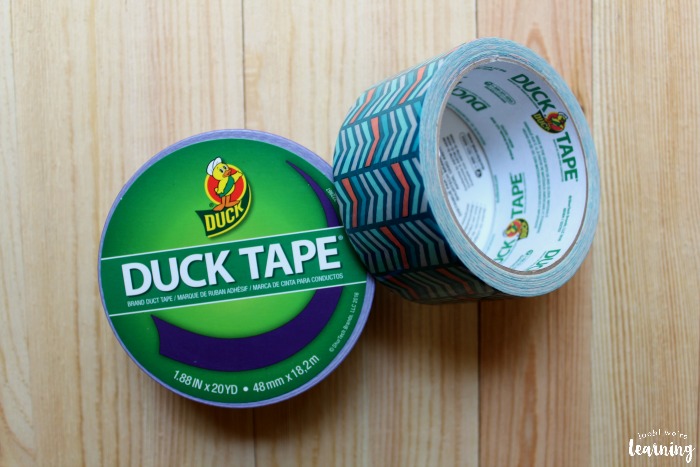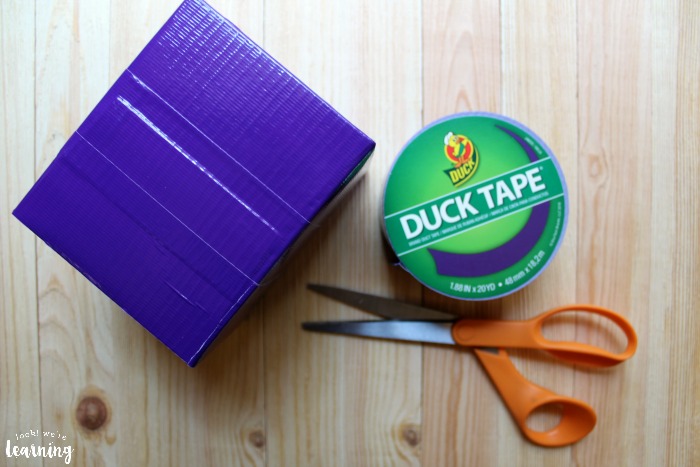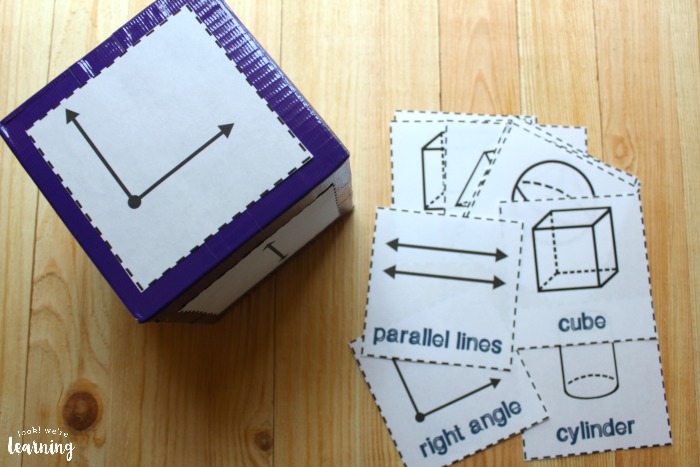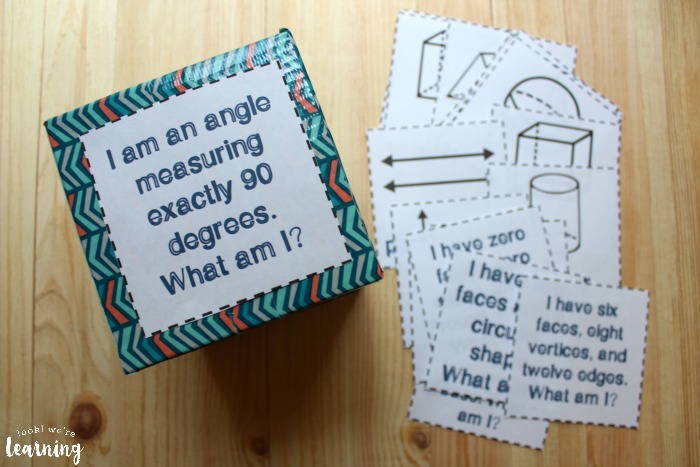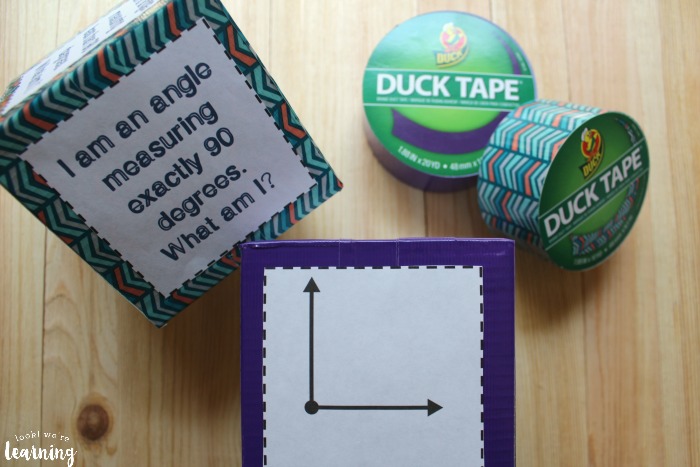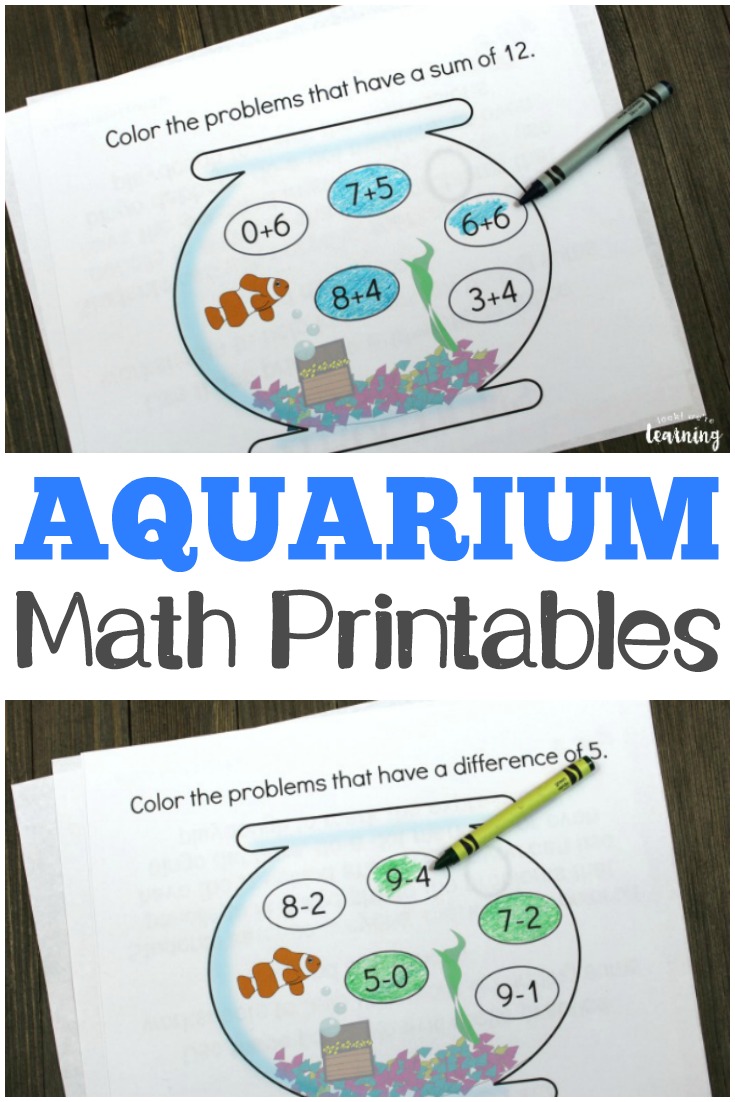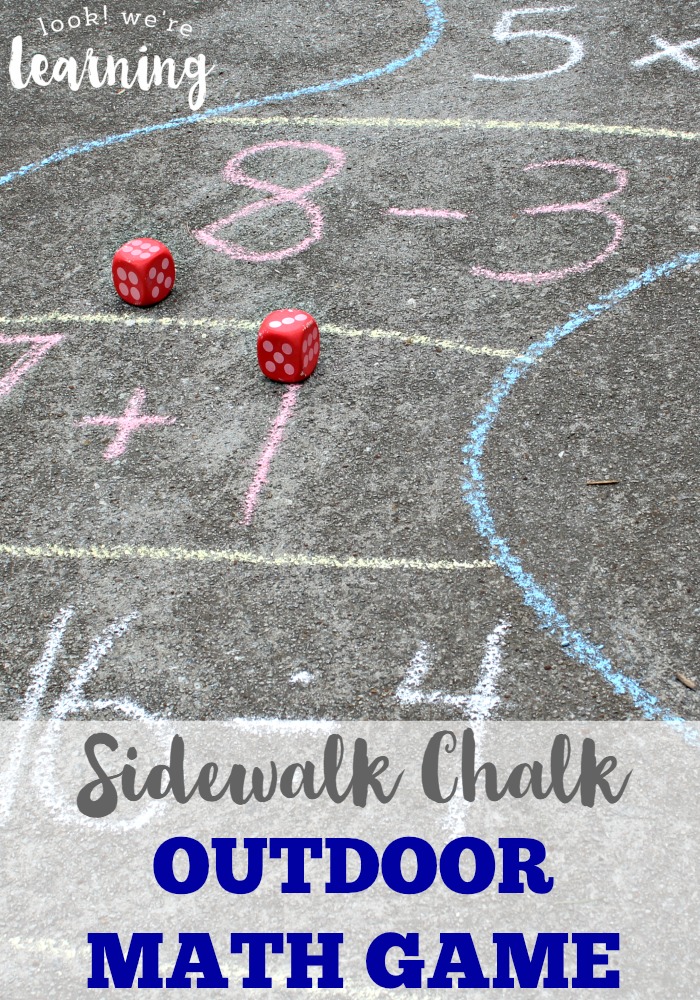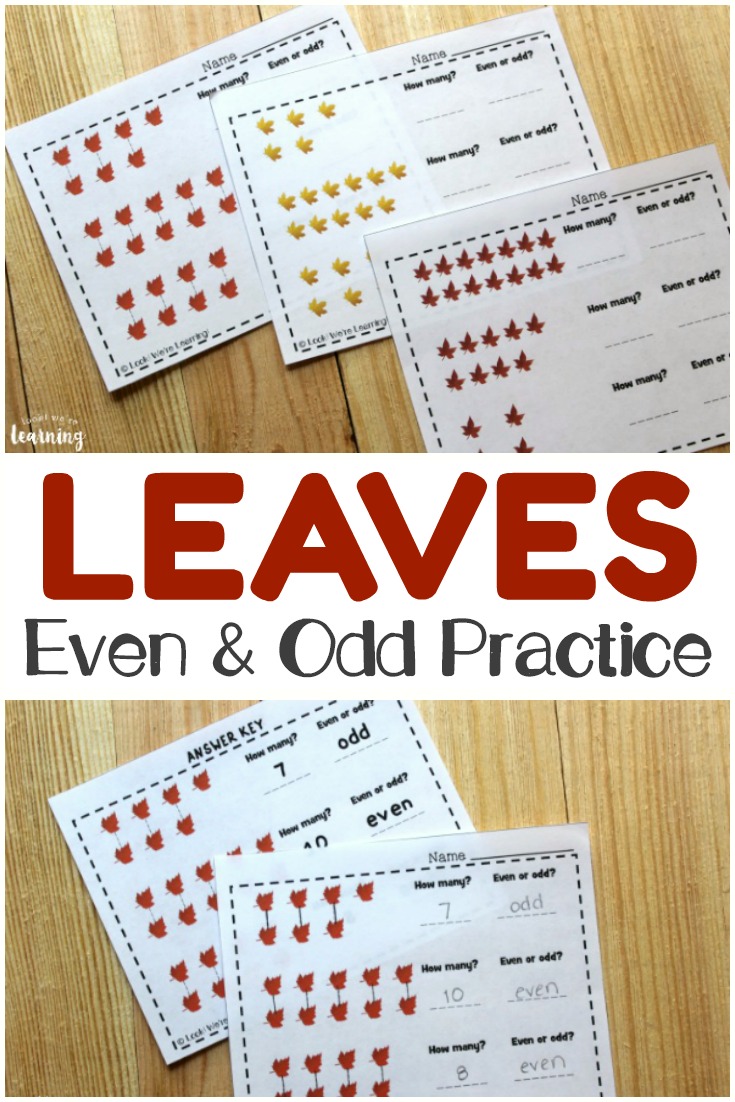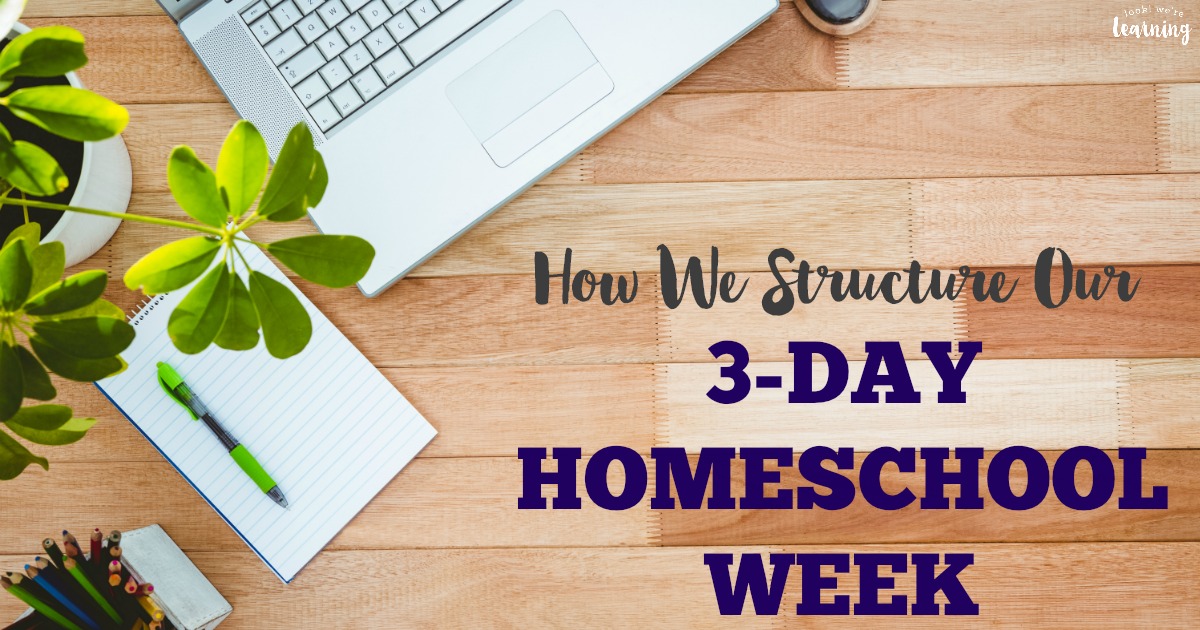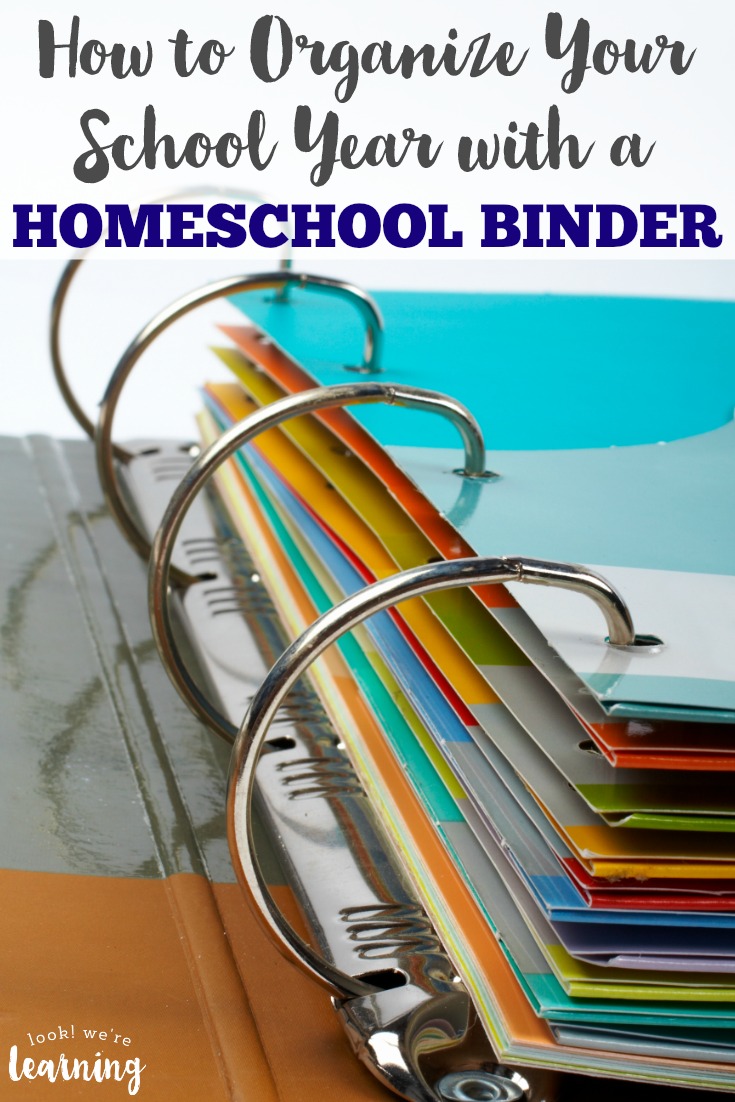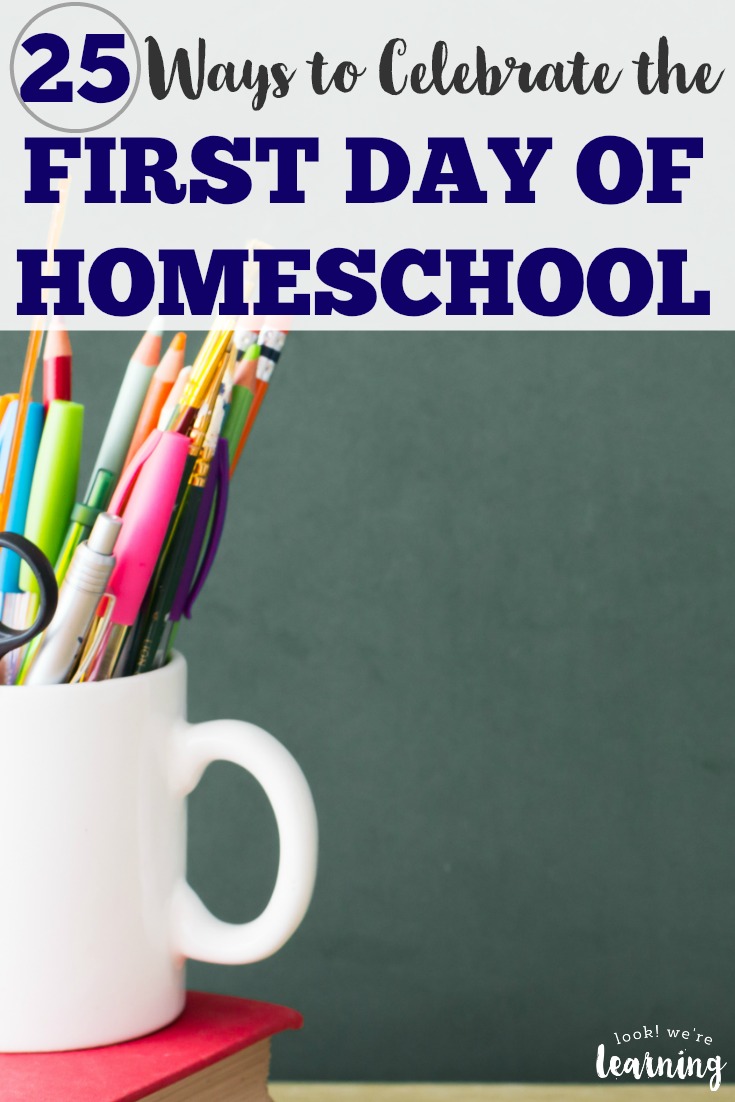It’s common to start a new homeschool year in August or September, which is the same time of year when public schoolers go back to class.
But I still like to reset my homeschool every January.
By that point, I’m almost halfway through the school year and I can take a look at which resources are working and which are…not.
I can also see how my kids are progressing and adjust our goals to suit their ability.
Every year, I make a list of things I’d like to change about my teaching method or our homeschool routine and I try to apply those throughout the year.
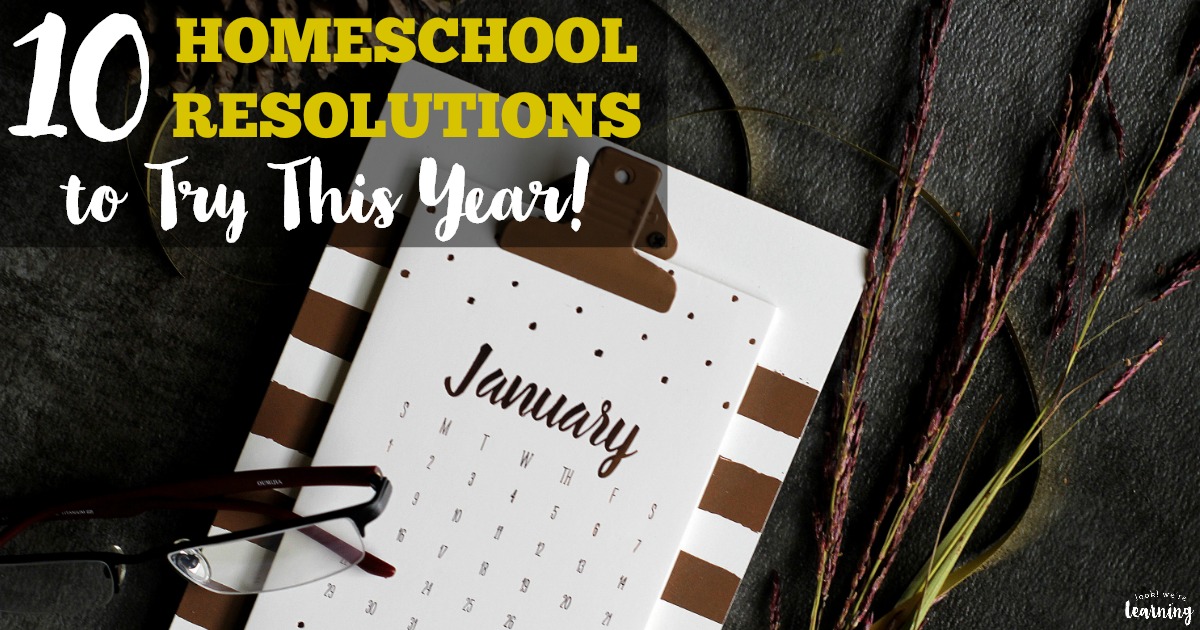
This time, I thought I’d share of my new school year resolutions with you and hopefully get to read some of your plans as well!
There are ten tips below that can help you get a fresh outlook on the school year – even when you’re already five months into it.
They can also help if you’re feeling thisclose to throwing in the homeschooling towel. Trust me, I know exactly what that feels like.
Read through the ten suggestions and let me know which one you think will work for your family!
Feeling overwhelmed in your homeschool journey?
See what to do when homeschooling feels like too much!

10 New School Year Resolutions for Homeschoolers
Images c/o: CreateHERStock
This post contains affiliate links. For details, see our Disclosure Policy.
1. Establish a daily routine.
As much as I like the idea of a “go with the flow” mentality, that simply does not work for our family, especially since some of us are living with ADHD.
Instead of attempting to schedule every single minute, though, we’re going to stick with our minimalist homeschool schedule and strive for consistency.
2. Spend more time outdoors.
I’m really not an outdoors person. I’d rather be inside with a thick novel than outside any day. Especially when it’s cold. Like January.
However, we have active kids who love the outdoors, so we’ll be working in more outside time this year. We’ve gotten a chance to share some great nature activities as a family and I’d like to make time for that on a regular basis.
Even I feel more relaxed after we spend time outside together.

3. Make good use of lapbooks.
We’ve used a few lapbooks with the kids in the past and we’ve enjoyed them quite a bit. But I’ve tended to shy away from using them much because they take so much time to prepare.
After the initial preparation, though, they are wonderful homeschooling tools that kids can use on their own.
We still have Knowledge Box Central lapbooks from years ago and the kids can grab them and complete an activity any time. They’re certainly worth the initial time investment.
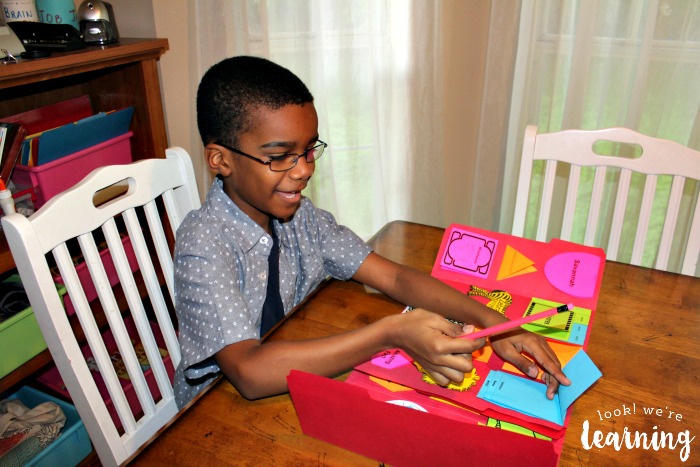
If you want to see how they look, check out this cooking lapbook that even my sons loved!
4. Encourage independence.
My husband was the first one to teach this in our home, so I have to give credit to him for this resolution. He believed strongly that our kids should learn to take care of themselves as early as possible.
As a result, our three oldest kids can wash their own laundry, prepare their own breakfast and lunch meals, and clean their rooms. Even our youngest child has started helping to wash dishes.
Less housework definitely takes a load off of my mind.
5. Slow down.
When I first started homeschooling years ago, I felt pressure to do ALL THE THINGS AT ONCE.
I planned every minute of our homeschooling day. I made a list of every single important children’s book with dates to read each one.
I collected every piece of homeschooling curriculum I could find. Then I almost killed myself trying to do it all.
Now that we’ve been at this for years, I’ve learned that it’s so much better to slow down, focus on what’s most important, and enjoy teaching the children.

See the next five school year resolutions and how to try them on the next page!

